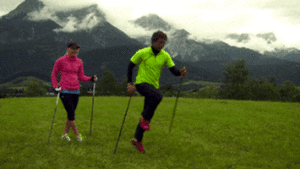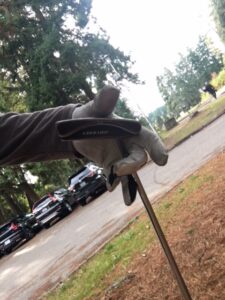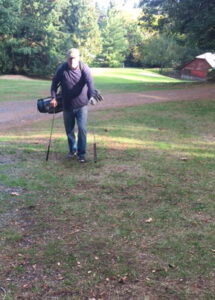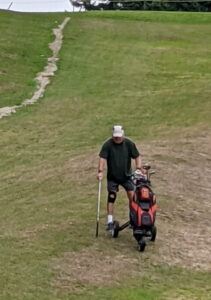In your seventy-some years, you have probably climbed a few mountains, and sailed a few seas. Or not. But at this age, I think it is necessary to define new outlooks on how we battle the world, and how we view ourselves as erstwhile athletes. Whatever wars we had to fight – and whatever their outcomes — are fading in retrospect. We are still alive – and that is the point.
Many sports in our youth were Reactive. Our performance was always in reference to, and in reaction to, competitors who were trying to excel at our expense. In Reactive sports, there are usually winners and losers. If you are boxing, or karate, you are reacting to your opponent while you are trying to score more good blows in the end than they do. Tennis is pretty much the same. Even Shuffleboard. Even Chess. All Reactive. Team sports are for the most part one team reacting to the advancements of the other, winning and losing as a group.
Some other sports are Reactive only to the degree we need comparison. Running and jumping fit this category, as do Archery, and Bowling. Who can stride the fastest time, or leap the highest or furthest, is the comparative winner. However, some athletes move into a zone where the goal is for a personal best, rather than triumph over another — and it may not even be a challenge to win over a clearly inferior opponent.
This is where we are lucky to be old. Less running and jumping of course, and because Golf doesn’t need to be Reactive at all.
Basically, you swing every time to hit the distant hole, or at least get closer to the hole, in spite of what any other player is doing. The concept of par is a Pro-active one. It is a personal goal, like reaching a mountaintop or a distant shore. The next hole is not your opponent’s hole (as a goal mouth in hockey is) and you do not have to defend your hole anymore than they have to defend theirs. That would make Golf into hockey, and it would be a bloody old sport indeed.
No, at our age we merely try to make each shot our best shot. The only time limit is courtesy to other players. A good day is one when we occasionally string several good shots together on the way to a few good holes. It’s the beauty of those good shots that mesmerizes us, fills us with bubbling achievement no matter how the other shots fell for the rest of the day.
Yes, of course we do better or worse. However, Golf is always the launching out, into the air and across the grass, out into the Universe with all our strength…in truth, just to see what happens. We are not Reacting, we are Pro-acting. If we were still boxing, we would just be walking up to the big mouthy guy at the bar with no provocation and bashing him with a haymaker…just to see what happens.
We still need to feel we have some influence on the Universe, and because each stroke is Pro-active, Golf is not just a metaphor for Life… It is Life itself.






 David in full carry mode….
David in full carry mode….
